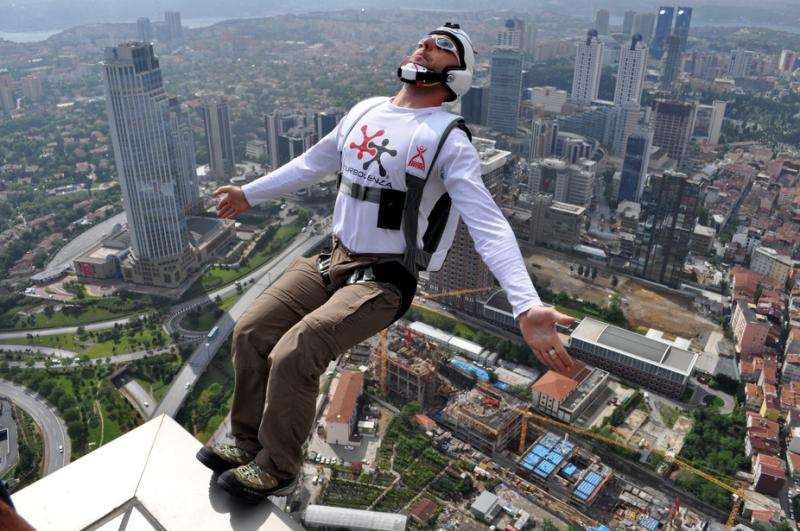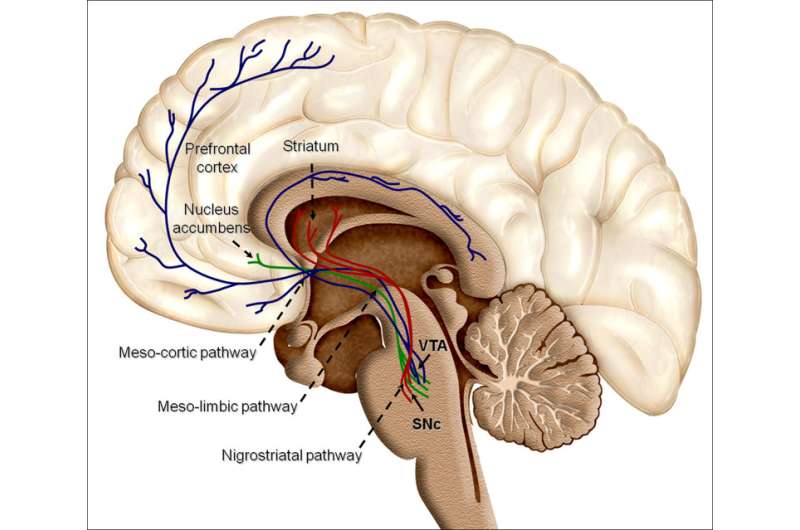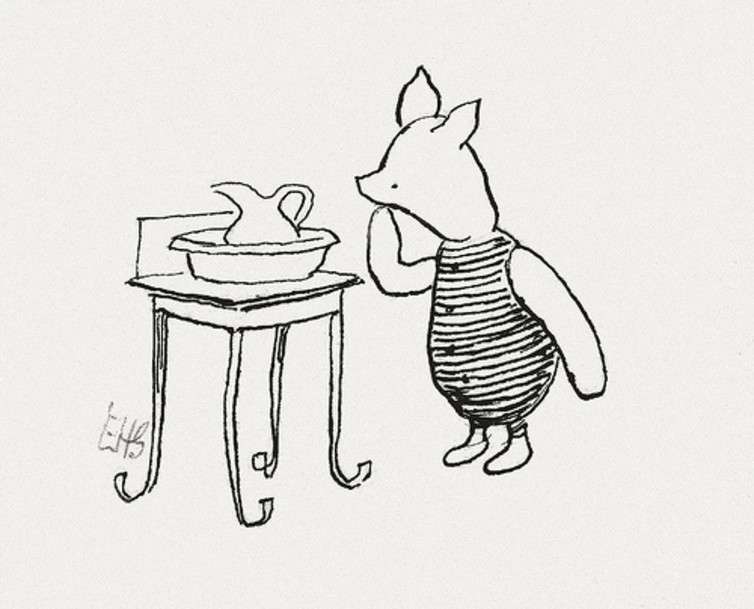Why danger is exciting – but only to some people

It has been the most deadly summer for wingsuit flying to date. But what makes some people want to base jump off a cliff, binge drink to oblivion or hitchhike with strangers while others don't even enjoy a rollercoaster ride? Is there such a thing as scaredy-cat gene or a daredevil brain structure? Or is our level of attraction to danger down to how protective our parents were?
Whether our weakness is extreme sports, speeding, drugs or other dangerous behaviours, it is typically a mix of risk and novelty that draw us in. What psychologists call "novelty seeking" is the preference for the unexpected or new. People with this trait are often impulsive and easily bored – but new experiences release a surge of pleasure chemicals in their brains. A rat or human with preferences for novelty will be more likely to do drugs and binge drink.
The concepts of risk and novelty are to some extent linked: a new stimulus is inherently more risky in that any associated consequence is unknown. However, we can dissociate these two in the laboratory.
It's (always) about dopamine
Dopamine, used by neurons to transmit messages to other neurons, is often described as the brain's "pleasure chemical". Dopamine cells lie in the mid-brain, deep in the base of the brain, and send "projections" to brain regions where the dopamine molecule is released – such as those involved in the control of action, cognition and reward. Studies have shown that the dopamine system can be activated by rewarding experiences, such as eating, having sex or taking drugs.

In a study of patients with Parkinson's disease, who were on drugs that stimulated dopamine receptors used to treat their movement symptoms, 17% developed highly unexpected behavioural addictions to gambling or compulsive sexual, shopping or eating behaviours. These patients also sought out risks more, and showed a preference for novelty on lab tests. So it seems that an active dopamine system can make us take more risks.
A study on anticipating risk showed that expecting a win is associated with an increase in brain activity in dopamine regions, whereas expecting a loss is associated with a decrease in such activity. Both drive us to take risk. Wingsuit flying or roller coaster riding are motivated by our expectation of reward – a thrill – but wingsuit flying may also driven by an urge to avoid loss (in this case death). The likelihood of a thrill from base jumping or a roller coaster is close to 100%. But while the likelihood of death from a rollercoaster ride is close to 0%, the chances of dying from basejumping are considerably higher. The closer to the extremes, 0% or 100%, the more certain, whereas the closer to 50%, the more uncertain.
Many, but not all, studies have found that people with a certain dopamine receptor are more likely to be thrill seeking. This gene variant is also associated with greater responses to unexpected rewards in the brain, making the unexpected thrill more thrilling. Genetic hardwiring might therefore explain the tendency towards base jumping, linking the preference for novelty and also possibly for risk and reward. But how we are brought up also has an impact. And adolescents are known to be more risk taking, partly because their brains are still developing and they are more susceptible to peer pressure.
And, of course, there may be other reasons why we enjoy bungee jumping or binge drinking than an attraction to risk and novelty. For example, this can happen in social situations where there's peer pressure for us to conform, or if we are feeling down or stressed.

Why are we inconsistent?
But if our genes can influence whether we're brave or fearful, how come we are so inconsistent in our behaviour? For example, we may sky dive on holiday yet buy travel insurance.
We act differently based on whether the risk is perceived to gain reward or avoid loss – an effect known as framing. Most of us tend to avoid risky rewards – we'd rather not go sky diving – but in the case of an unlikely event with a high payout such as a lottery ticket, we're happy to take a risk. We also normally seek risk in order to avoid huge losses. This is affected by how likely it is that the outcome might occur. In the case of an unlikely but possibly very bad outcome, such as the risk of incurring massive debt while hospitalised in a foreign country, we become risk averse and buy travel insurance.
People who enjoy danger or suffer from disorders of addiction have different risk tendencies. Pathological users of illegal drugs, alcohol or food all seek risk in the face of rewards – by going after the high. But those who use illegal drugs are driven by more risky high rewards whereas those that pathologically use alcohol or food are driven by less risky lower rewards.
How likely we are to take risks can also be manipulated. A study in rats showed that risk taking can be reduced by mimicking the dopamine signal providing information about the negative outcomes from previous risky choices – such as a shock to the foot or not receiving food. Risk taking in binge drinkers can also be reduced when they are explicitly exposed to a loss outcome – such as experiencing a loss of money rather than just expecting it. A night in an emergency room may therefore be enough to change their behaviour.
Also, a new and unexpected context can increase risk-taking behaviours, which could explain why we are more likely to take risks on holiday. In a recent study, my colleagues and I showed participants a series of faces – familiar or unknown ones – and asked them to choose between a risky gamble or a safe choice. When shown a new face, subjects were more likely to take the risky gamble. The study showed that those with greater brain activity in the striatum, a region involved in dopamine release, to the new face made greater risky choices. These findings suggest that novelty increases dopamine release in this area of the brain, which then possibly enhances the expectation of reward.
But being drawn to danger isn't necessarily a bad thing. Our society needs both risk takers and risk avoiders to function. We need those that push boundaries – to set up camp on Mars or rescue people from fires – and we need those that write the rules and enforce regulations to keep society functioning.
This article was originally published on The Conversation. Read the original article.
![]()

















